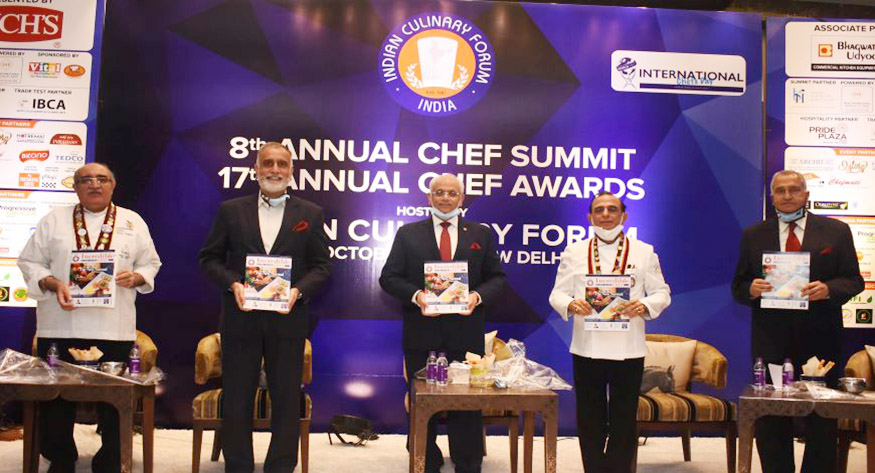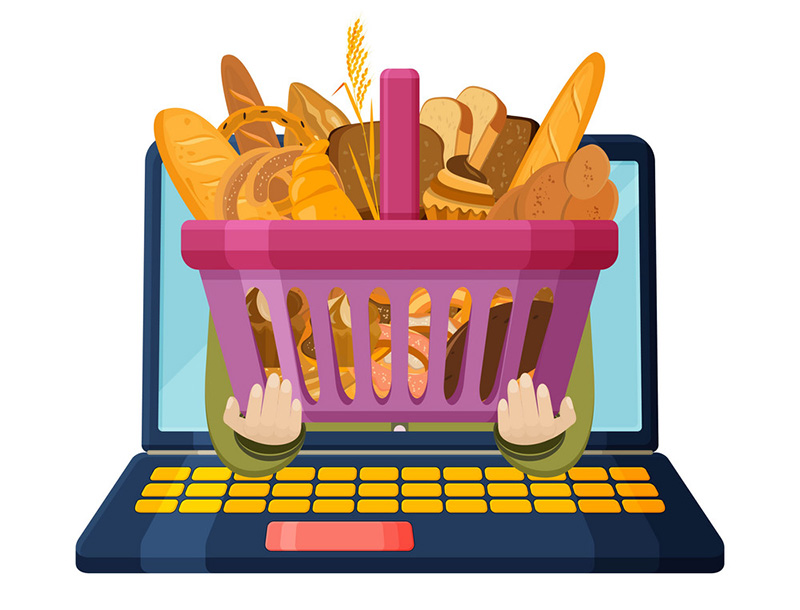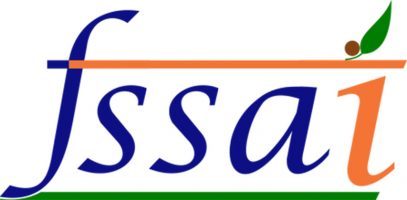BakeryBiz, Jan-Feb, 2021
Cakes, cookies and baked delicacies…. the smell of freshly baked food brings a sense of immense joy and childhood memories just flash across. Innovations in food ingredients and processes is driving new products getting launched satiating the taste buds of food enthusiasts and connoisseurs.
Bakery food is not just any food, it is an emotion for many. The conscious consumer is demanding not only healthy food but also keen to know the nutrition benefit provided by his food. The regulator has also tightened its grip over the products consumed emphasizing heavily on quality, safety and declarations made. The regulator has taken important steps to help create awareness and propagate healthy food through its Labelling Regulations and Eat Right Campaign.
Food Label is the front line salesperson of any food product. It talks to the customer and excites the consumer to experience it. Consumers also are keen to check if the product that they purchase meets the compliance standards, many have taken the adage – Jago Grahak Jago very seriously. The bakery industry in India is expected to grow at a CAGR of 9.3% during 2019 to 2024, and the current Covid-19 situation has actually helped new ventures in homemade bakery products to accelerate the growth.
Food Safety & Standards Authority of India, the food regulator in India has scientifically evolved the process of enforcing harmonized regulations across every FBO in the country. The initial Food Packaging and Labelling Regulations 2011 underwent major upgradation, and the draft was released in July 2019. After the initial comments and subsequent amendments, the final notification is now gazetted on November 2020 for full implementation by January 2022 as the Food Safety & Standards Labelling and Display Regulations 2020.
Food Safety & Standards (Labelling & Display) Regulations 2020, prescribes the requirements for pre-packaged foods and also lay emphasis on the display of essential information at premises where food is stored, manufactured and subjected to processing. These new regulations are also applicable to the baking industry, let us understand these norms and the measures that are to be taken by FB Os in ensuring awareness amongst all thereby creating a holistic and sound food safety ecosystem for this industry.
What’s in a label?
Food label must be such that they convey information to consumers about your product irrespective of whether the product is being sold directly or via means of e-commerce. It is vital that the label is not presented in a form that is deceptive or misleading in any way. The label can be in English or Hindi in Devnagiri script and in addition any other local language can also be used. It is equally important that the label be unambiguous, clear, indelible and legible to the consumer at all times.
The below mentioned details are mandatory to be displayed on the label:
- Name of the food indicating its true nature
- List of ingredients in descending order of their composition including food additives
- Nutritional Information per 100g or 100 ml or per single consumption pack of the product and per serve contribution to the Recommended Daily Allowance (RDA) containing information about:
-
- Energy value (kcal)
- Protein(g), Carbohydrate(g), Total Sugars(g), Added Sugars(g)
- Total fat(g), Saturated fat (g), trans fat(g) & cholesterol (mg)
- Sodium (mg)
These regulations have also stipulated the conversion factors that are to be used for calculating the energy values and protein content.
- Declaration of Veg or Non-Veg: It is mandatory for every packaged food to bear the symbol demarcating veg and non-veg foods. FSSAI has now changed the symbol that was being used for Non veg foods from red filled circle to the brown color filled triangle inside a square.
- Declaration pertaining to the Food Additives in the form of functional classes with specific name of the INS number as specified in FSSR (Food Safety Standards and Food Additives), 2011 must be mentioned in this list of ingredients
- Name and complete address of the brand owner preceded by the terminologies such as ‘Manufactured by’, ‘Marketed by’, ‘Manufactured & Marketed by’ or ‘Marketed & Packed by’ or ‘Bottled by’, ‘Blended & Bottled by’, ‘Imported & Bottled by’ or ‘Distilled & Bottled by’ as the case may be
- In case the article of food is imported in India, the name and complete address of the importer in India must be declared on the label and in cases where the product is manufactured outside India but packaged or bottled in India it is essential to mention the name of the country of origin of food
- FSSAI Logo and license number of the brand owner, including that of the manufacturer, marketer, packer or bottler is to be declared on the label. It is essential that the FB O displays the license no./ registration or Food Safety Display Board if specified at prominent places in the premises
- Food that falls into the fortified food or organic category must be marked with the logos as specified under schedule II of the Food Safety & Standards (Labelling & Display) Regulations, 2020.
- Net quantity, retail sale price & Consumer Care should be declared as per the Legal Metrology Act 2009.
- The label must also bear lot, code or batch identification
- Expiry date or date of manufacture or packaging
- Special conditions for storage of food if any
- Labelling of imported foods as per the Food Safety & Standards (Import) Regulations 2017
- Instructions for use including reconstitution
- Food Allergens
- Declaration of food material sold in retail but not for consumption to be declared with the symbol
Food Service Establishments need to ensure that it follows the display regulations as stipulated by FSSAI.
Establishments having a central license or outlets at 10 or more locations should display the following:
- Calorific value (in kcal per serving and serving size) on menu cards or boards or in the form of booklets
- Information pertaining to food allergens which can also be depicted by simple symbols that are easy to comprehend
- Logo for veg or non-veg
- Reference information on calorie requirements must be displayed as “An average active adult requires 2,000 kcal energy per day, however calorie needs may vary”
- Nutritional information
- The same information should also be mentioned on website in case of E-commerce
- The nutritional information/ ingredients along with health messages should be displayed where food is served
The Labeling & Display Regulations have also given detailed requirements for non-retail containers, for food
additives and Schedule II of the regulations have specified the mandatory declarations for certain specific food ingredients/additives such as Maida, flavor emulsions, common salt, gelatin and artificial sweeteners. Every package of biscuits, cakes and bread and bakery products where trehalose or dextrin is incorporated, the FBO must declare the same on the label as ‘contains trehalose’ and ‘contains Dietary Fibre (Dextrin) respectively. Specific declarations need to be made in case of bakery products that contain phytosterols. FSSAI requires the products that are free of gluten to be declared accordingly on the label.
Compliance to these regulations not only helps you create an awareness amongst your consumers, but the transparency also helps build the trust. Correct use of these regulations will help manufacturers develop their brand reach and increase brand recall as well. Help your consumers by giving them the visibility that drives them to eat healthy & be safe.

Dr Nilesh Amritkar,
MD, Envirocare Labs
Envirocare Labs over the past 40+ years has been in the forefront of monitoring, analysis, research, training, inspections and auditing and has grown into a World Class Laboratory spread across 50000+ Sq. ft and state-of-the-art instrumentation in the field of Environment, Food and Consumer Products. We are accredited under ISO 17025 by NABL and are recognized by MoEF, MoFPI, FSSAI, BIS, EIC, APEDA and AGMARK.
Acknowledgement: Ms Anuprita Raichurkar Joshi for help in collating the information.













